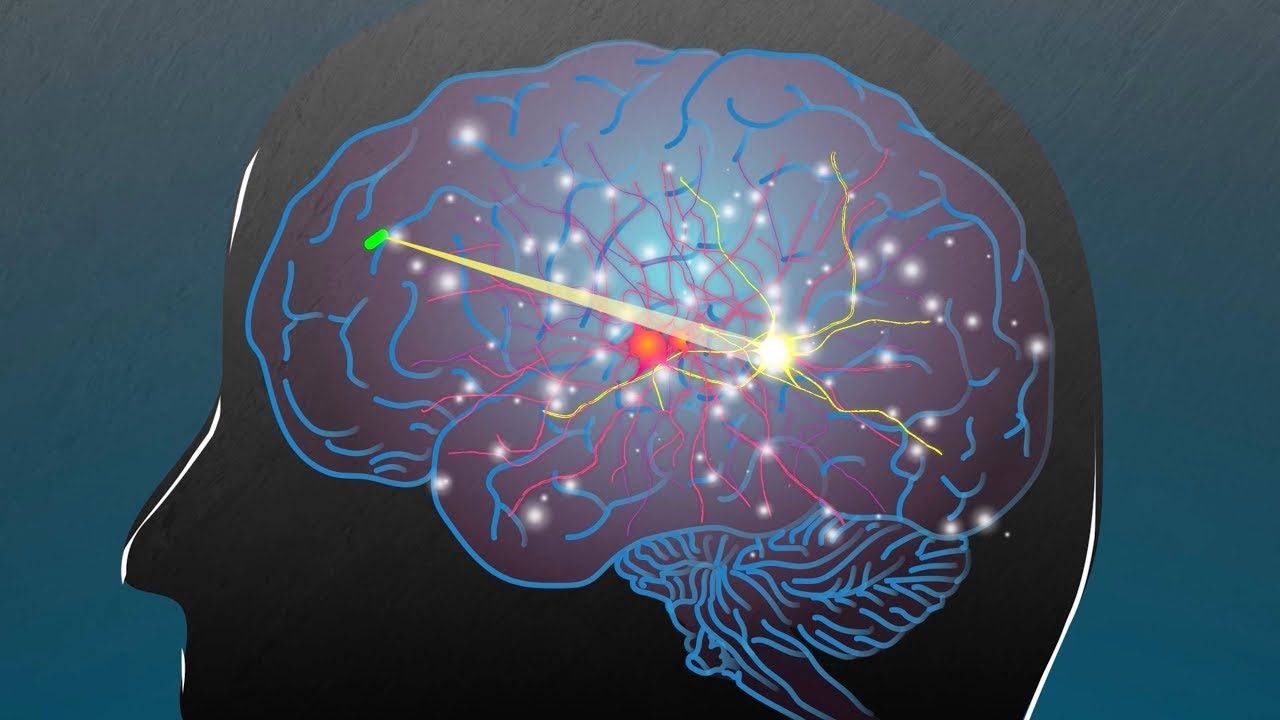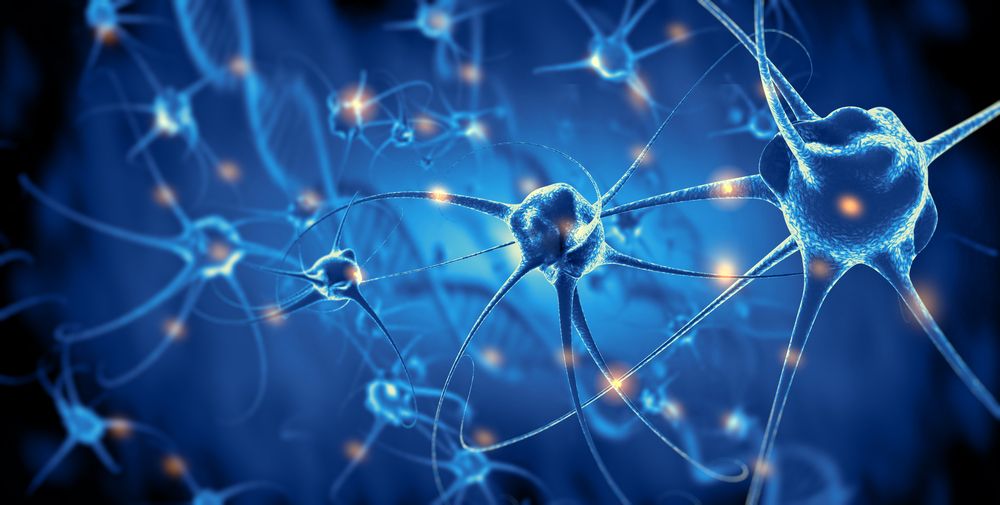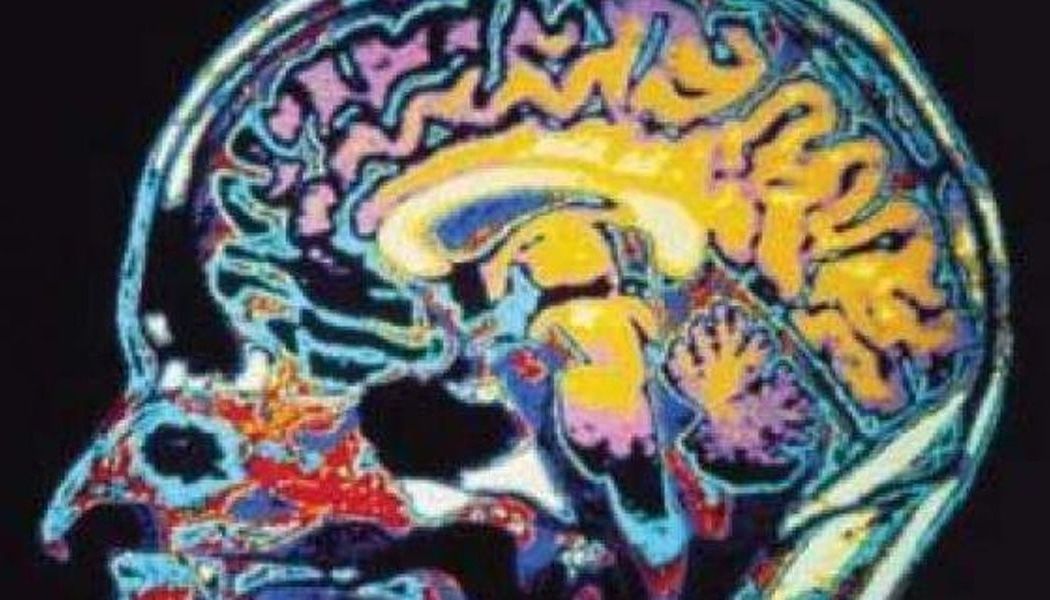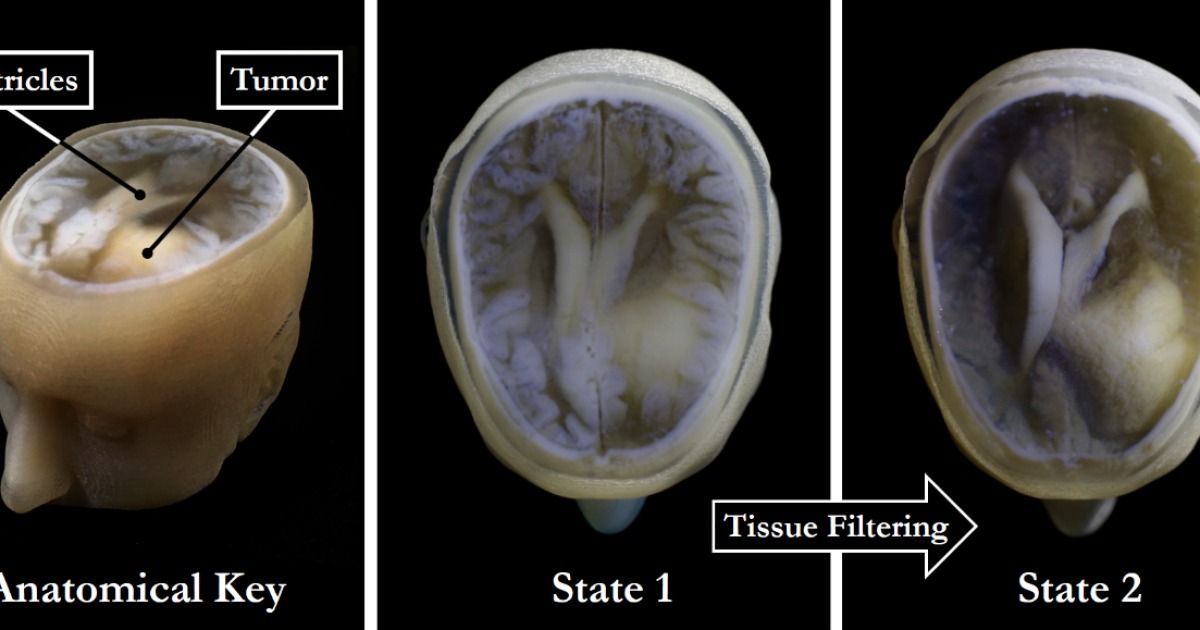Very promising since “Identifying what changes are happening in the brain when interventions successfully reduce depressive symptoms could allow us to create more effective, pharmaceutical-free approaches to help alleviate depression in people who experience chronic traumatic brain injury symptoms,” said study author Dr. Sandra Bond Chapman, founder and chief director of the Center for BrainHealth.
Images show prefrontal connectivity patterns after cognitive training in individuals who suffered traumatic brain injury. Kihwan Han et al (2018) _____ Cognitive training reduces depression, rebuilds injured brain structure & connectivity after traumatic brain injury (UT-Dallas release): “New research from the Center.








